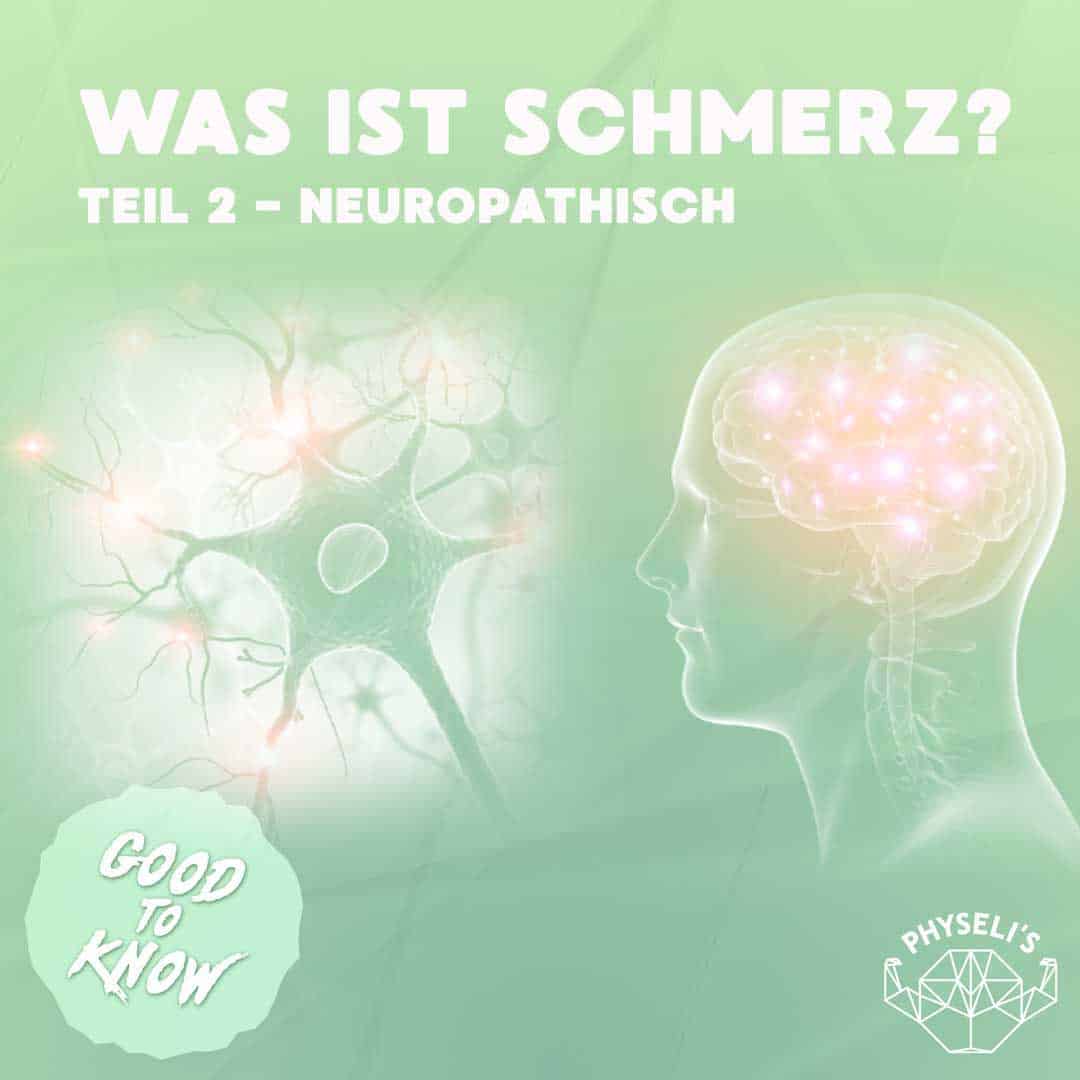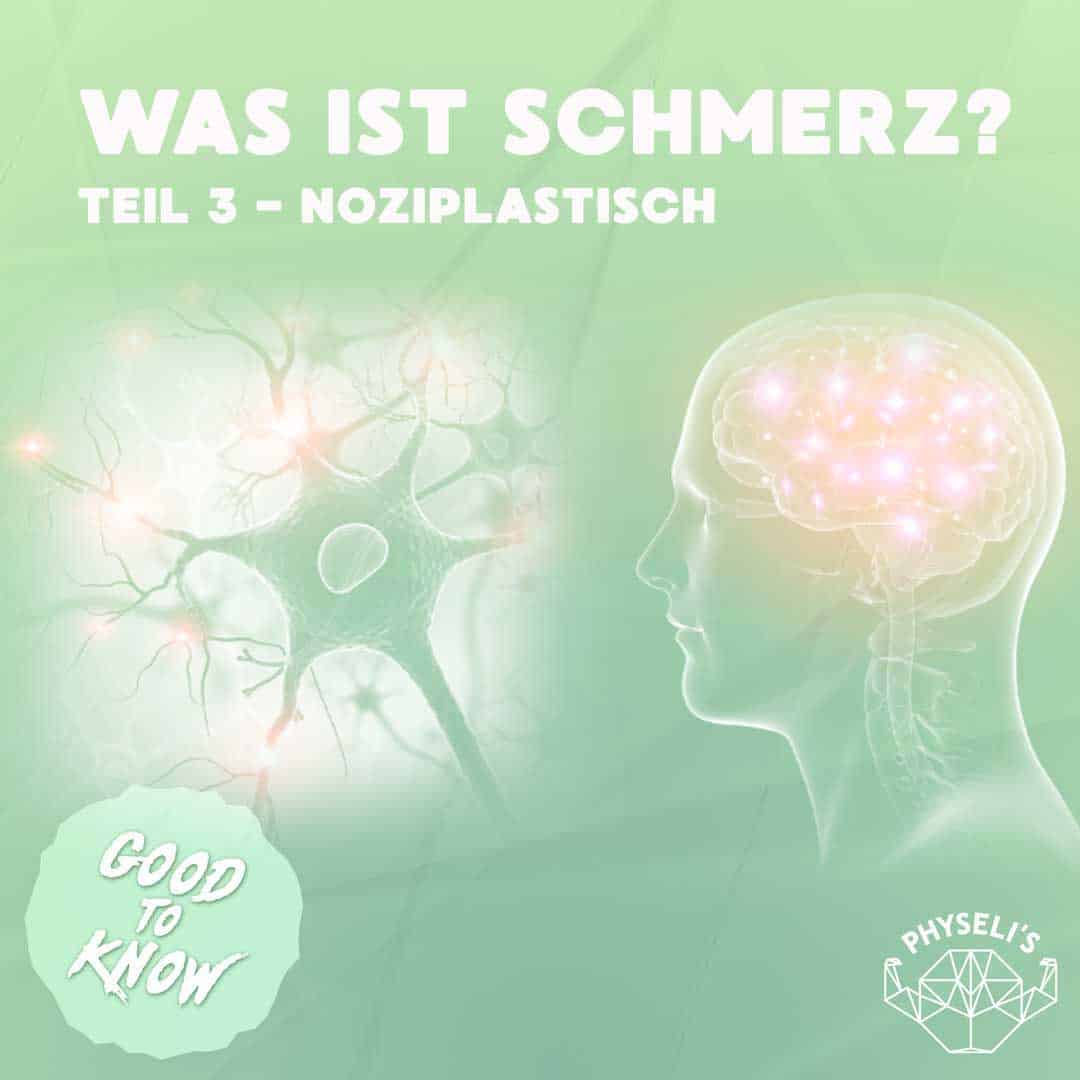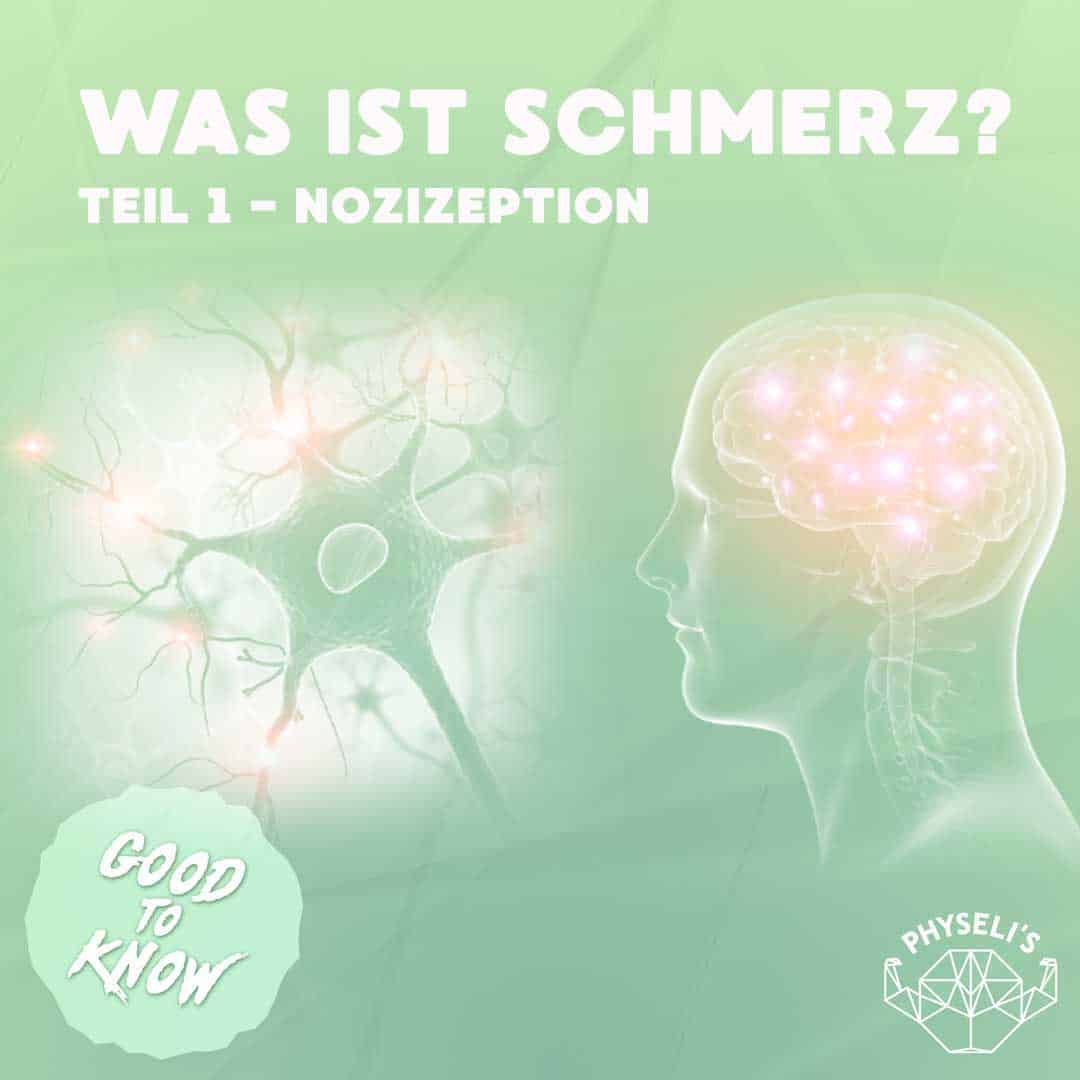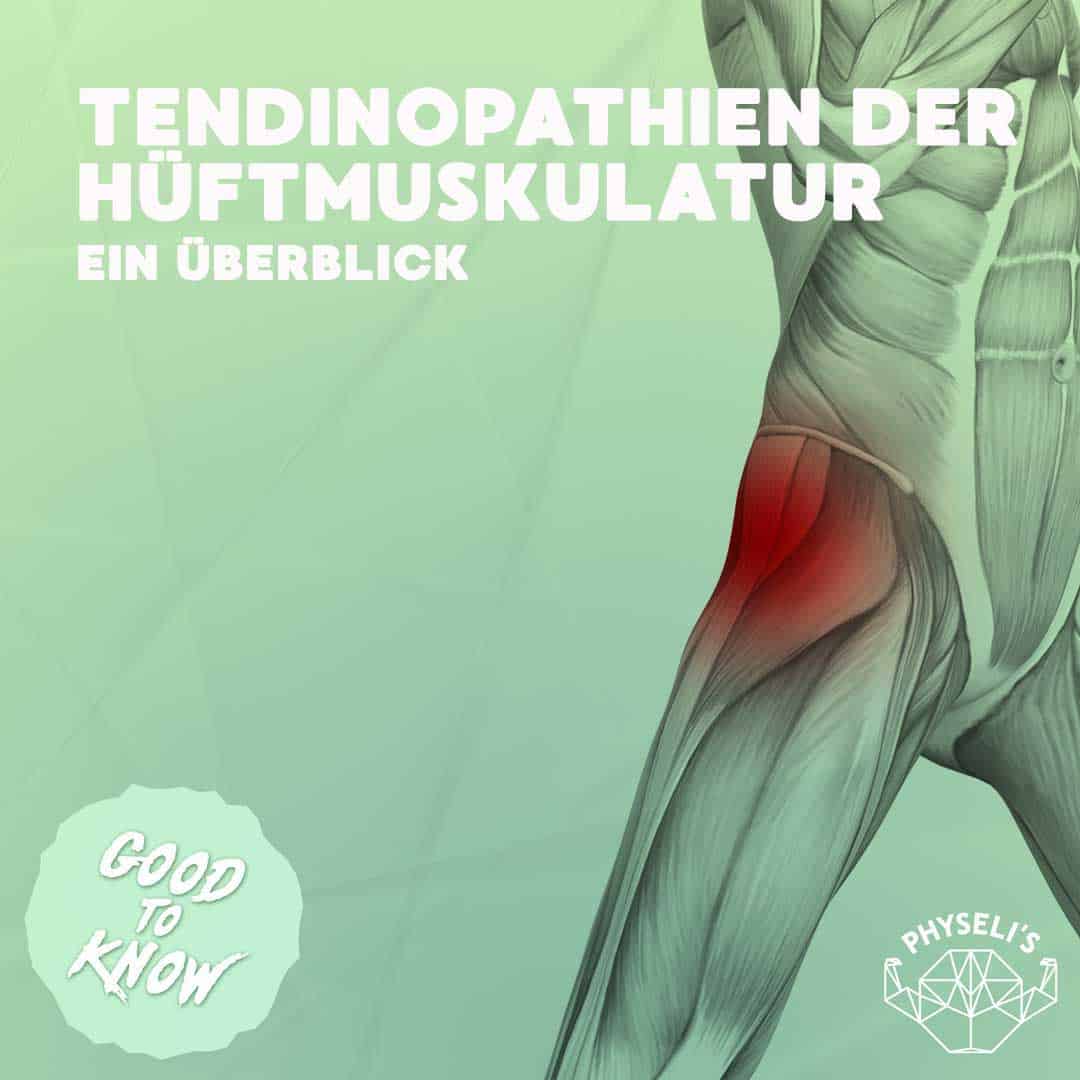Introduction
Pain is a complex, unpleasant sensory and emotional experience associated with actual or potential tissue damage or described in terms of such damage. It is a 3-dimensional process (sensory, cognitive, affective) that can be based on different mechanisms.
For everyday clinical practice, it is of central importance to be aware of these mechanisms and their biology in order to be able to treat patients appropriately.
Neuropathic
In the first part of this series, we took a closer look at nociception, the most common pain mechanism.
The second part deals with the neuropathic pain mechanism.
This is pain that is associated with a lesion or disease of the somatosensory nervous system.
It is also classified according to localization, depending on whether the affected area belongs to the peripheral or central nervous system (brain and spinal cord).
Peripheral neuropathic drivers are far more common.
Lesion = pain?
Neuropathy is not necessarily painful.
Similar to nociceptive pain, neuropathic pain is dominant here, but it is not the only factor that contributes to the experience of pain.
The transmission and processing in the brain is similar, which is why it will not be discussed further.
In order to classify a neuropathic pain mechanism, evidence of a lesion or disease of the nervous system is required.
Being able to differentiate between dominant nociceptive and dominant neuropathic pain in the clinic is particularly important because it changes the prognosis and management.
Diagnosis
In order to identify a neuropathic pain mechanism, a detailed questioning and physical examination with a neurological screening is necessary.
Neuropathic pain can be triggered by movement, but can also occur spontaneously at rest, which can cause a persistent after-feeling.
There is likely to be a high level of irritability and a strongly perceived intensity of pain.
The pain is often described as shooting, electrifying or burning.
In addition, the pain may be accompanied by neuronal dysfunction, such as tingling, stinging, numbness and weakness.
Investigation
If there are indications of neuropathic pain, a thorough neurological assessment should be carried out.
Sensitivity testing using palpation, vibration, cold and warm stimuli provides indications of positive (increased) and negative (decreased) signs.
The assessment of irritability can, for example
by means of neurodynamic tests.
Reflexes and muscular functions should also be tested.
Take-Home-Message:
Neuropathic pain has its origin in neural tissue.
It is pain associated with a lesion or disease of the somatosensory nervous system.
Identification in practice is important as it changes the prognosis and treatment.
In addition, neuropathic pain has an increased risk of becoming chronic, which is why interdisciplinary management can be crucial.
Three points in particular play an important role in the management of neuropathic pain:
- Space: For nerves to function properly, they must be able to glide unhindered through different parts of the body.
- Movement: The nervous system must be able to adapt to movement.
The ability to carry out complex signaling processes during everyday movement is essential. - Blood: Neural tissue is extremely “blood-thirsty”.
The brain and spinal cord consume 20-25% of the oxygen in the blood.
Sources:
- Ellis, R., Carta, G., Andrade, R.J., & Coppieters, M. W. (2022).
Neurodynamics: is tension contentious?
The Journal of Manual & Manipulative Therapy, 30(1), 3-12. https://doi.org/10.1080/10669817.2021.2001736 - Finnerup, N. B., Haroutounian, S., Kamerman, P., Baron, R., Bennett, D. L. H., Bouhassira, D., Cruccu, G., Freeman, R., Hansson, P., Nurmikko, T., Raja, S. N., Rice, A.S. C., Serra, J., Smith, B. H., Treede, R.-D., & Jensen, T. S. (2016). Neuropathic pain: an updated grading system for research and clinical practice. Pain, 157(8), 1599-1606. https://doi.org/10.1097/j.pain.0000000000000492
- Hoegh, M. (2022).
Pain Science in Practice: What is pain neuroscience?
Part 1. The Journal of Orthopaedic and Sports Physical Therapy, 52(4), 163-165. https://doi.org/10.2519/jospt.2022.10995 - Jones, M.A., & Rivett, D. (2019).
Clinical reasoning in musculoskeletal practice (2nd ed.).
Elsevier Health Sciences. - Schmid, A. B., Hailey, L., & Tampin, B. (2018).
Entrapment neuropathies: Challenging common beliefs with novel evidence.
The Journal of Orthopaedic and Sports Physical Therapy, 48(2), 58-62. https://doi.org/10.2519/jospt.2018.0603 - Tampin, B. (2020).
Nerve pain ≠ nerve pain.
manual therapy, 24(01), 21-27. https://doi.org/10.1055/a-1080-7999
💚Do you need support with your workout, rehabilitation after injury or just want to feel more comfortable and healthy in your body overall? Check out our offer or book a free online consultation.⠀




